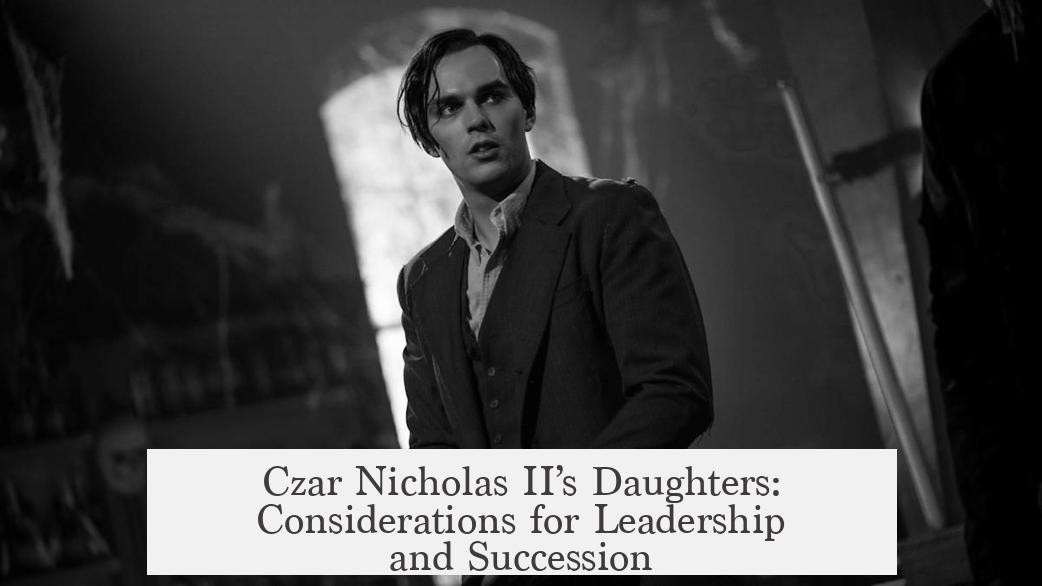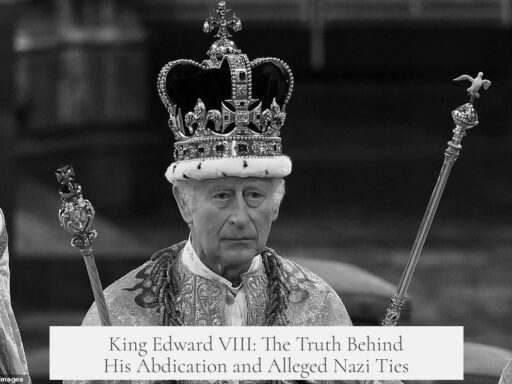Czar Nicholas II’s daughters were never considered for leadership or succession. The Romanov family and the Russian imperial tradition emphasized male primogeniture. Succession law and customs prioritized a male heir, specifically the Tsarevich, as the sole legitimate successor. Nicholas II’s four daughters—Olga, Tatiana, Maria, and Anastasia—were not placed in the line of succession nor groomed for leadership roles.
When Anastasia, the youngest daughter, was born in 1901, family members expressed clear disappointment. They had hoped for a son who would secure the dynasty’s future. Nicholas II himself needed time to compose himself before visiting the newborn. His aunt, Grand Duchess Xenia Alexandrovna, reportedly exclaimed, “What a disappointment!… a fourth girl!” Others, including cousins and close observers, shared similar sentiments. This reveals the era’s gender-based expectations for succession.
The family’s focus was entirely on Alexei Nikolaevich, the only son and heir apparent. Despite suffering from Hemophilia B—a serious blood disorder—Alexei was the undisputed successor to the throne. DNA tests on the Romanovs’ remains confirmed his condition and established that some daughters, including Anastasia and Maria, were carriers of the gene. However, the risk of hemophilia primarily affected male offspring. This medical reality reinforced why ensuring a healthy male heir remained paramount in the imperial family’s priorities.
No historical evidence or records show that Nicholas II or his advisors contemplated his daughters as potential successors or leaders. The daughters’ lives, though well documented personally and socially, did not include roles in governance or succession planning. Russian succession laws and traditions, rooted in male-only inheritance, excluded women from the throne. This tradition was strictly observed throughout the Romanov reign.
The absence of the daughters from succession is notable in surviving documentation and biographies. While their personalities, relationships, and tragic circumstances receive attention, none were portrayed as future rulers or political figures. The emphasis on the male heir underscores the gendered structure of the monarchy.
| Aspect | Details |
|---|---|
| Number and Names of Daughters | Olga, Tatiana, Maria, Anastasia |
| Succession Expectations | Priority given to male heir; daughters excluded |
| Family Reaction to Daughters’ Births | Disappointment expressed over lack of a son |
| Heir Apparent | Alexei Nikolaevich, despite hemophilia |
| Daughters’ Role in Succession | None; not considered or positioned for leadership |
The strong attachment to male succession reflected both personal preferences and legal frameworks. The Romanov dynasty relied on the Tsarevich to continue its rule. The daughters were regarded as imperial princesses but without rights to ascend the throne. This model remained unchallenged during Nicholas II’s reign, up to the family’s execution in 1918.
In summary, Nicholas II’s daughters were not candidates for succession. The demand for a male heir, reinforced by tradition and law, dominated imperial plans. Their stories are recorded in history, but leadership or ruling roles were never on the table for Olga, Tatiana, Maria, or Anastasia.
- Daughters were explicitly excluded from succession due to male primogeniture rules.
- The family expressed disappointment at daughters’ births, desiring a son.
- Alexei, the only son, was the sole heir despite serious health issues.
- No evidence suggests the daughters were ever considered for leadership.
- Romanov succession followed strict gender and legal traditions.
Were Czar Nicholas II’s daughters ever considered potential successors to the throne?
No, Czar Nicholas II’s daughters were never considered for succession. The family and Romanov tradition focused solely on a male heir, specifically their son Alexei, as the heir apparent.
Why were Nicholas II’s daughters not included in the line of succession?
The Romanov succession followed strict male-preference rules. Daughters did not have constitutional rights to inherit the throne, and the birth of a son was essential for leadership continuity.
Did the health issues of Alexei affect the consideration of the daughters for succession?
Despite Alexei’s hemophilia, the daughters were still not considered as successors. The family continued to prioritize a male heir, valuing Alexei’s position despite his illness.
What was the family’s reaction to having four daughters instead of a son?
Both Nicholas II and his relatives expressed disappointment upon the birth of each daughter. They had hoped for a son to secure the line of succession and preserve male leadership.
Is there any record of the daughters taking a leadership role during or after Nicholas II’s reign?
No records show the daughters taking any leadership role. Their roles remained within the family and court life, without involvement in governance or succession plans.




